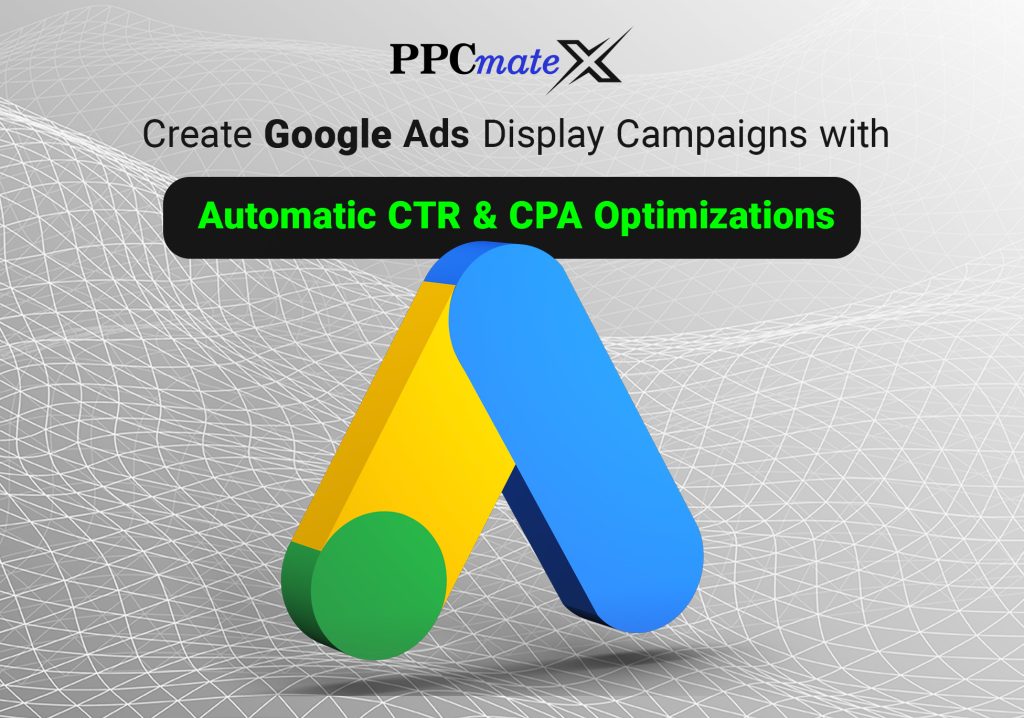The answer might be in the audience you aren’t targeting.
While marketers do know how to use real-time data, they mainly do so at the end of the funnel, and in the process miss out on a huge potential audience. Joris Merks-Benjaminsen, Google’s EMEA Head of Curriculum Design, illustrated this issue in a recent webinar for Squared Online, the digital marketing leadership course developed with Google.
“It’s really easy to play around with Google Search and see how one-dimensionally companies have been using search,” he said. When you search for a keyword that has a clear buying signal – for example, ‘book hotel’ – the Google search results page is filled with ads as companies compete for the attention of users who are searching for this term.
It makes sense, given that any data strategy would indicate that users searching for this term have a high rate of conversion. So why does Merks-Benjaminsen believe that this tactic is short-sighted?
Targeting the middle of the funnel
Moving a few steps earlier in the customer journey, consumers who haven’t quite committed to a purchase yet might search with a question to try and narrow down their options, for example, “What are the most beautiful countries to visit during the winter?”
A consumer who searches for this term is clearly intending to take a winter break, but hasn’t yet decided where, so they aren’t at the stage of committing money to a hotel or flights. As a result, says Merks-Benjaminsen, you never see ads during this step. But companies who aren’t present during this stage of the customer journey are missing out.
“It’s an important area to be there, if you’re a travel company – it’s really important to help inspire people in those moments where they don’t know yet what they’re going to book and where they’re going to book it,” said Merks-Benjaminsen.
The reason for this is a measurement problem; there are a lot of clicks between this step and the final purchase, and so it would appear that they don’t convert as well. “[It’s] a measurement problem which causes companies to behave in a way which is not really consumer-friendly.”
Every company wants to be relevant to consumers across the whole customer journey, but the reality is that most brands’ Key Performance Indicators are shaped, at one end of the funnel, around building reach; and at the other end, around Cost Per Acquisition. Neither metric quite fits the middle area, where people are asking questions: but there are just as many opportunities to build awareness and convert, as long as you know how to target these consumers.
“What happens is that our KPIs and our measurement become more important than doing the right thing for our consumers,” said Merks-Benjaminsen. But doing the right thing for consumers should be the primary mission for your business.
How can marketers do this better?
Once you’re aware of where your data-driven marketing strategy is falling short, what can you do to turn it around and target this ‘missing audience’ of consumers?
Neither your beginning-of-the-funnel strategy nor your end-of-the-funnel strategy will quite fit the bill for these middle-funnel consumers, so you need to make sure you aren’t focusing on these to the exclusion of all else. Too much emphasis on building reach results in ‘one size fits all’ brand messaging, pushed out in mass campaigns, which forces irrelevant ads on people.
At the other end of the funnel, although keywords with a clear buying signal do have a high conversion rate, they are also much more expensive to bid for due to the amount of competition. Think about what your customers in the mid-point of your customer journey are likely to be searching for, and consider allocating a portion of your budget to bidding on these keywords.
You’re likely to get much better value for money, and it’s likely your competitors won’t be in this space, making your business the only one that customers direct their attention to.
Targeting the ‘mid-funnel’ questions like “Should I buy a smart watch or an analogue watch?”, where customers are moving in the direction of a purchase but not yet ready to make one, also makes for great content marketing.
By adding a Q&A section to your site, you can turn your website into a go-to resource for customers doing research of all kinds, building brand awareness while providing value. Q&A style content is also strong from an SEO standpoint, targeting long-tail and natural language queries. With Google algorithms like RankBrain and Hummingbird serving up more intuitive, tailored results to users asking increasingly specific questions, it benefits website owners to have the answers to these questions on their sites.
___
by Rebecca Sentance
source: ClickZ









